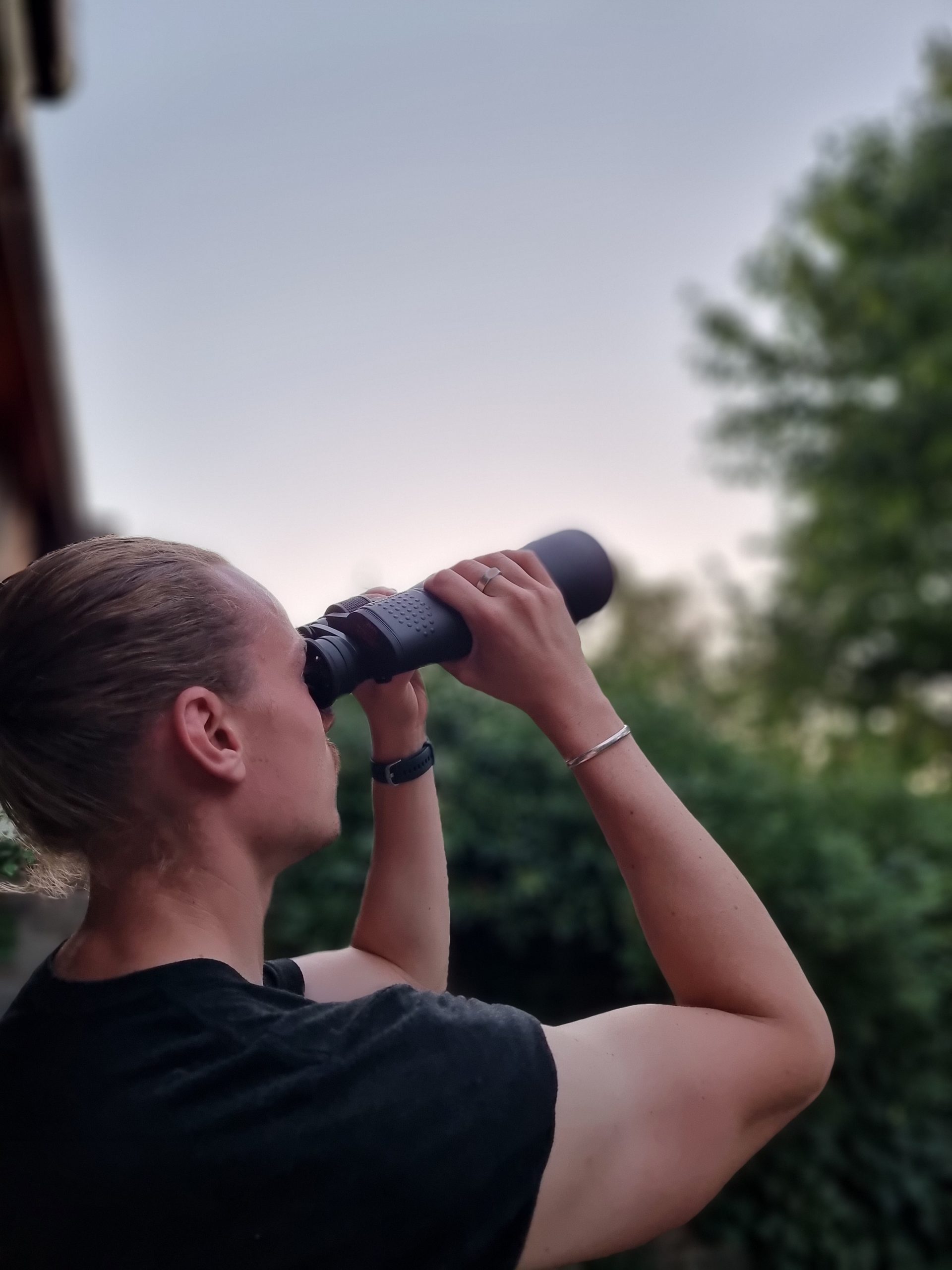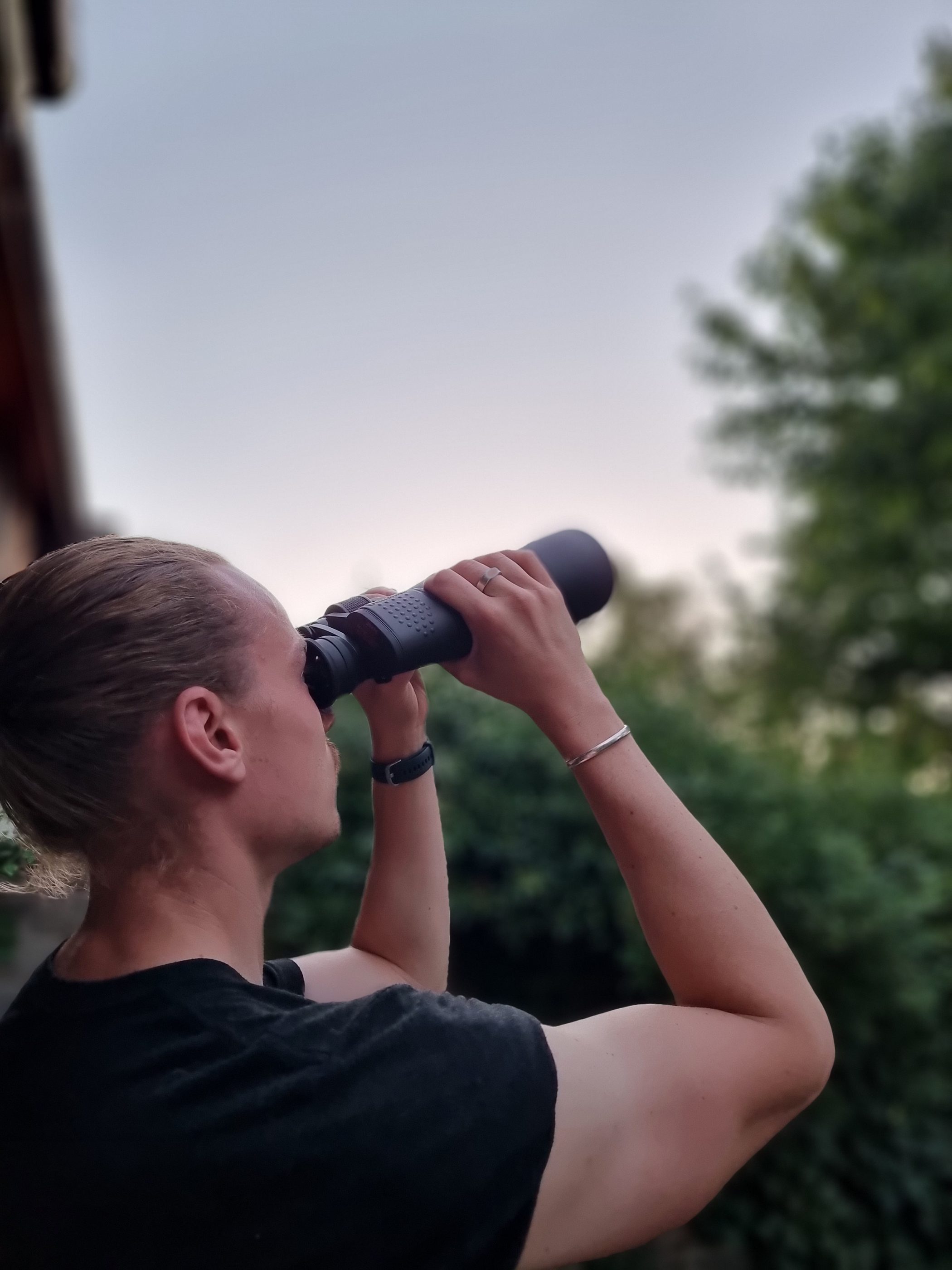Few things are as fascinating to me as the daily dance of celestial bodies across the sky. One particular spectacle that never ceases to amaze is the setting of the sun.
With its kaleidoscope of colors and mesmerizing transition into the quiet night, sunsets hold a fascination for astronomers and non-astronomers alike.
But have you ever wondered how long it takes for the sun to set?
Let’s delve into this celestial mystery.
So, how long does it take for the sun to set? The process of the Sun setting, from the moment the bottom edge of the Sun touches the horizon until the top edge disappears, typically takes about 2-3 minutes. However, this duration can vary based on geographical location, time of year, and local weather conditions.
The Science Behind Sunsets
To fully grasp the phenomenon of sunsets, we first need to understand Earth’s rotation and orbit around the Sun.
Our planet spins on its axis, an imaginary line passing through the North and South Poles. This rotation, coupled with our position in orbit around the Sun, determines the times of sunrise and sunset.
A sunset begins when the Sun reaches the horizon.
However, the Sun doesn’t ‘set’ in the traditional sense.
It appears to sink below the horizon due to the Earth’s rotation.
As it dips lower, the sunlight has to pass through a greater expanse of the Earth’s atmosphere, causing it to scatter more and produce a myriad of beautiful colors.
How Long Does The Sun Take To Fully Set?
From the moment the bottom edge of the Sun touches the horizon to when the last glimpse of the Sun disappears, it takes about 2-3 minutes. This is the traditional way to gauge the duration of a sunset.
To many, the setting sun may seem to linger on the horizon, its descent slow and serene. In reality, the actual process is fairly swift.
However, this time can be influenced by several factors.
Factors That Influence The Duration of Sunset
Latitude
Firstly, your latitude – that is, your geographical location north or south of the equator – plays a significant role.
Near the equator, the Sun appears to move more directly and sinks below the horizon more vertically, resulting in a faster sunset.
In contrast, closer to the poles, where the Sun’s path is more horizontal, the sunset is slower and can last for a considerably longer time.
Time of Year
The time of year also impacts the duration of the sunset.
Around the equinoxes, when the length of day and night is nearly equal, the Sun crosses the celestial equator and sets more quickly.
Near the solstices, when the tilt of Earth’s axis is most inclined towards or away from the Sun, the sunset can take longer.
Local Weather Conditions
Local weather conditions are another factor that can affect how we perceive the sunset.
The presence of atmospheric particles, clouds, and other meteorological variables can make the sunset appear longer by extending the time during which the sky remains illuminated after the Sun has dipped below the horizon.
Height Above Sea Level
Lastly, the height above sea level can also affect how long the Sun takes to set.
The higher the observer’s position, the longer the sunset appears to take because the observer can see the Sun for longer before it drops below the horizon.
For example, if you’re watching from a mountaintop, the sunset will last longer compared to observing from sea level.
In essence, the simple act of the Sun setting is a complex interplay of Earth’s rotation, our planet’s tilt, our location on its surface, the time of year, and local atmospheric conditions.
All these elements work together to create the unique and breathtaking spectacle that is a sunset.
What Does Sunset Time Mean?
When you look up ‘sunset times’ online or in an almanac, you’re typically finding the time at which the upper edge of the Sun disappears below the horizon.
Keep in mind that this doesn’t account for local landscape features such as mountains or tall buildings, which can make the Sun disappear from your line of sight sooner.
Where Does The Sun Set At?
While the exact point of sunset varies throughout the year, on average, it sets roughly in the West.
Due to the tilt of the Earth’s axis, the Sun sets exactly in the west only on the equinoxes, which occur twice a year around March 21 and September 23.
At other times of the year, the Sun will set north or south of true West.
How Is Sunset Different From Twilight?
Sunset is just the beginning of the transition from day to night. After the Sun has fully set, we enter a phase known as twilight. During twilight, some light from the Sun is still visible because it’s scattered by the upper atmosphere.
There are three types of twilight, each defined by the Sun’s position below the horizon: civil twilight (up to 6 degrees below the horizon), nautical twilight (between 6 and 12 degrees), and astronomical twilight (between 12 and 18 degrees).
Once the Sun is more than 18 degrees below the horizon, it’s considered night time.
Some More Facts About Sunsets
- Color Indicative of Pollution: The mesmerizing colors of a sunset can actually tell us about the level of pollution in the air. When the atmosphere contains a significant number of particles, such as dust or smog, these scatter short-wavelength light (blue and green) to a greater degree, leaving the longer-wavelength light like red, orange, and pink.
- Sunset Illusion: When you see the sun touch the horizon, it has already set. This optical illusion results from atmospheric refraction, which causes the Sun’s light to be bent, making it appear higher in the sky than it physically is.
- Green Flash: On rare occasions, you might witness a green flash just as the Sun sets. This quick, fleeting phenomenon is caused by atmospheric conditions that bend the sunlight and briefly create a green spot on the upper rim of the Sun.
- Equinox Sunsets: The Sun sets exactly due west and rises exactly due east only on the equinoxes, which occur twice a year, around March 21 (the Spring Equinox) and September 23 (the Autumn Equinox).
- Sunset on Other Planets: Sunsets aren’t exclusive to Earth. For instance, on Mars, sunsets appear blue, a result of the way fine dust in the Martian atmosphere scatters sunlight.
- Fastest Sunset: The quickest sunsets happen near the equator. Due to the Earth’s spherical shape and the more vertical trajectory of the Sun, the sunset process is significantly faster compared to higher latitudes.

Hey, my name is Jeremy. I’m a passionate and seasoned astronomer who loves nothing more than observing the night sky. I also love researching, learning, and writing all things Space and the Universe. I created Astronomy Scope to share my knowledge, experience, suggestions, and recommendations of what I have learned along the way while helping anyone to get into and maximize their enjoyment of the hobby.

